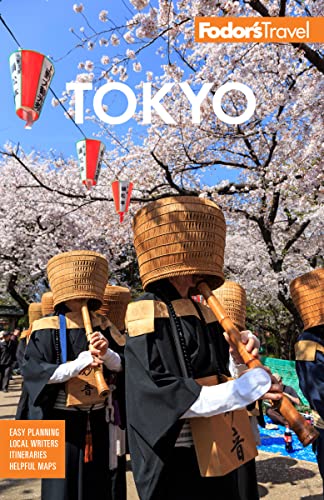As late as 1960, the area between the Meiji Shrine and the Aoyama Cemetery wasn't considered to be a very happening tourist hot spot; the municipal government zoned a chunk of it for low-cost public housing. Another chunk, called Washington Heights, was being used by U.S. occupation forces who spent their money elsewhere. The few young Japanese people in the area were either hanging around Washington Heights to practice their English or attending the Methodist-founded Aoyama University, and sought entertainment farther south in Shibuya.
When Tokyo won its bid to host the 1964 Olympics, Washington Heights was turned over to the city for the construction of Olympic Village. Aoyama-dori, the avenue through the center of the area, was renovated and the Ginza and Hanzo-mon subway lines were built under it. Suddenly, Aoyama became attractive for its Western-style fashion houses, boutiques, and design studios. By the 1980s, the area had become one of the hippest parts of the city. Today, the low-cost public housing along Omotesando is long gone, replaced by the glass-and-marble emporia of the preeminent fashion houses of Europe: Louis Vuitton, Chanel, Armani, and Prada. Their showrooms here are cash cows of their worldwide empires. Superb shops, restaurants, and amusements in this area target a population of university students, wealthy socialites, young professionals, and people who like to see and be seen.





